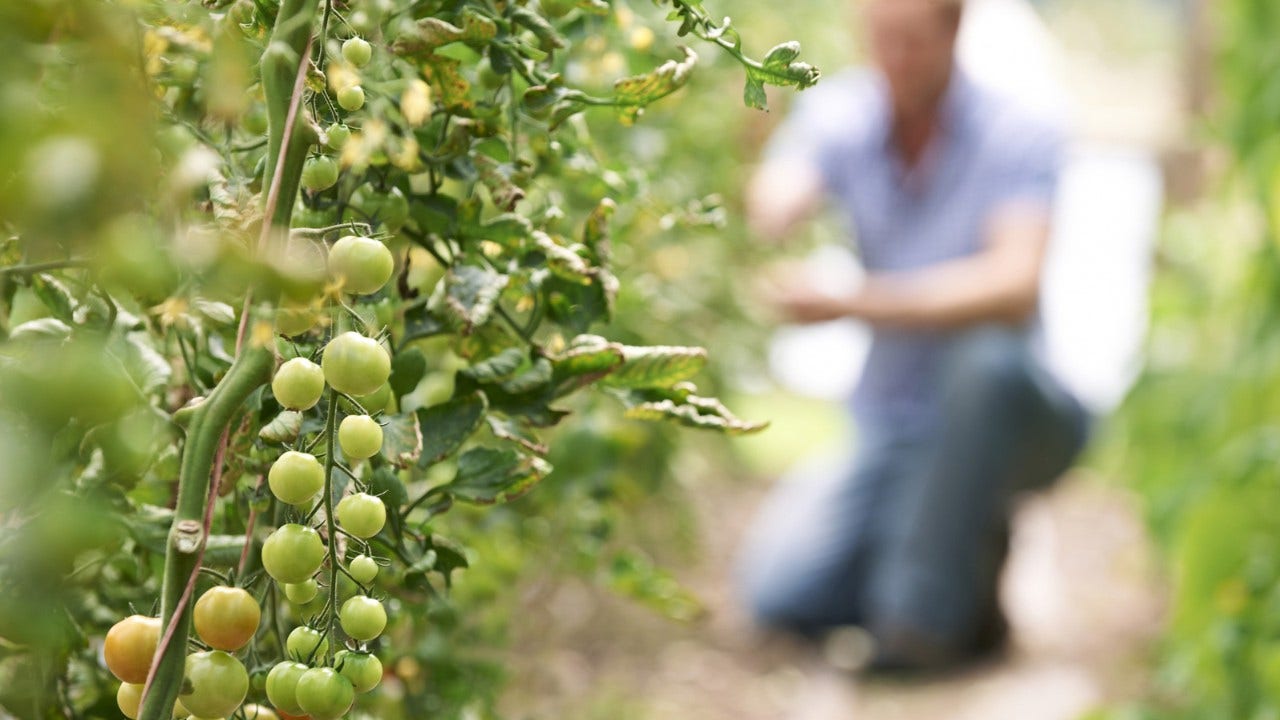Causal Agent
Aspergillus niger
Distribution
Worldwide
Symptoms
Black mold generally develops at the neck of the bulbs on injured or necrotic leaf tissue. However, it can develop on injured or diseased roots, or on bruised or split outer scales along the side of bulbs. Infected bulbs may develop a black discoloration at the neck. Clusters of black spores generally form along veins and on or between the outer papery scales of bulbs. Infected tissue first has a water-soaked appearance and over time will dry and shrivel. No external symptoms may be visible on some infected bulbs. Soft rot bacteria can follow infection by this fungus.
 Bulb longitudinal section showing initial infection of scales at the bulb neck.
Bulb longitudinal section showing initial infection of scales at the bulb neck.
 Black fungal spores are visible under the outer papery scales of the bulb.
Black fungal spores are visible under the outer papery scales of the bulb.
Conditions for Development
Spores of this fungus are very common in the air and soil. Black mold is most common when temperatures are higher than 30°C (86°F) in the field or 24°C (75°F) in storage. Free moisture for six hours or longer on the onion surface is necessary for infection to occur.
Control
Fungicide applications to seeds, seedlings and bulbs may be helpful. Storage conditions should be cool and dry, and bruising of bulbs should be avoided.



